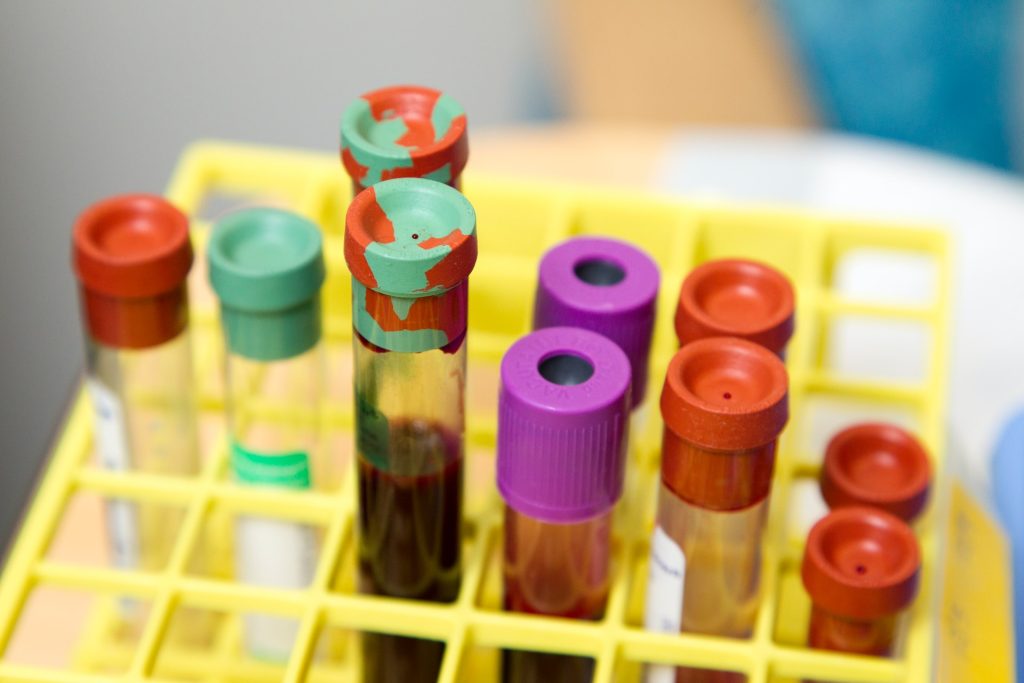Inaccurate Anaesthesia Start Times Leading to Lost Revenue

Inaccurately recording the start of anaesthesia care during a procedure is common and results in significant lost billing time for anaesthesia practices and medical centres, suggests a study being presented at the American Society of Anesthesiologists’ ADVANCE 2023, the Anesthesiology Business Event.
The anaesthesia start time (AST) must be documented from a computer logged into the electronic health record (EHR), and typically occurs once the patient is in the operating room (OR). However, the anaesthesiologist meets with the patient prior to their arrival in the OR and begins tasks that are vital to the procedure, such as administering pre-medication and attaching monitors, time which is is not typically recorded. Depending on the patient and procedure, adding two to five minutes to the AST when logging it would account for the preparation and transit time, researchers say.
“These seemingly minor inaccuracies of recorded AST can cost medical centres and anaesthesia practices hundreds of thousands of dollars in lost revenue,” said Nicholas Volpe Jr, MD, MBA, lead author of the study and an anaesthesiology resident physician at Northwestern University McGaw Medical Center, Chicago. “We suspect most anaesthesiologists are unaware that they aren’t recording AST accurately. It’s not a result of negligence, but rather reflects that workflow hasn’t been optimised for accuracy.”
For the study, the researchers analysed 40 312 procedures with anaesthesia over 12 months at a single academic centre. In 68.74% of cases , AST was recorded as starting once the patient was in the OR, without factoring in the preparation time. Using the national average charge for anesthaesia time, the missing time translated to over $600 000 in lost revenue for the year, the researchers determined.*
“Logging AST is one of the many new tasks that anaesthesiologists learn when starting a new role,” said Dr Volpe. “Transitioning from an internship to clinical anaesthesia practice involves learning a significant amount of new information, and understanding the importance of an accurately recorded AST may seem like a relatively minor issue compared to important patient-care information.”
Several approaches could help address inaccurate AST documentation, including educating anaesthesiologists on how to improve their AST recording practices and providing visual reminders such as signs in the OR, Dr Volpe said. Also, an AST capture function could be built into the EHR mobile application so that AST can be noted by anaesthesiologists on the way to the OR, or the EHR could automatically add two minutes to the AST log time, he said. The researchers plan to roll out some of those initiatives in the spring and determine if they are effective.
*The projected savings are theoretical and not linked to billing at the institution where the study was conducted.




